Hawaii remains one of the world’s most desirable destinations, attracting millions of visitors each year. While the islands offer genuine beauty and authentic experiences, some tourist hotspots drain your wallet while delivering mediocre value. Savvy travelers who’ve visited multiple times share insider knowledge about the most overpriced and underwhelming attractions.
From resort villages that feel artificial to restaurants charging premium prices for chain food, these tourist traps can seriously damage your vacation budget. Smart tourists discover alternatives that offer better value, authentic culture, and memorable experiences without the inflated costs.
The Waikiki Shopping District Markup Scandal
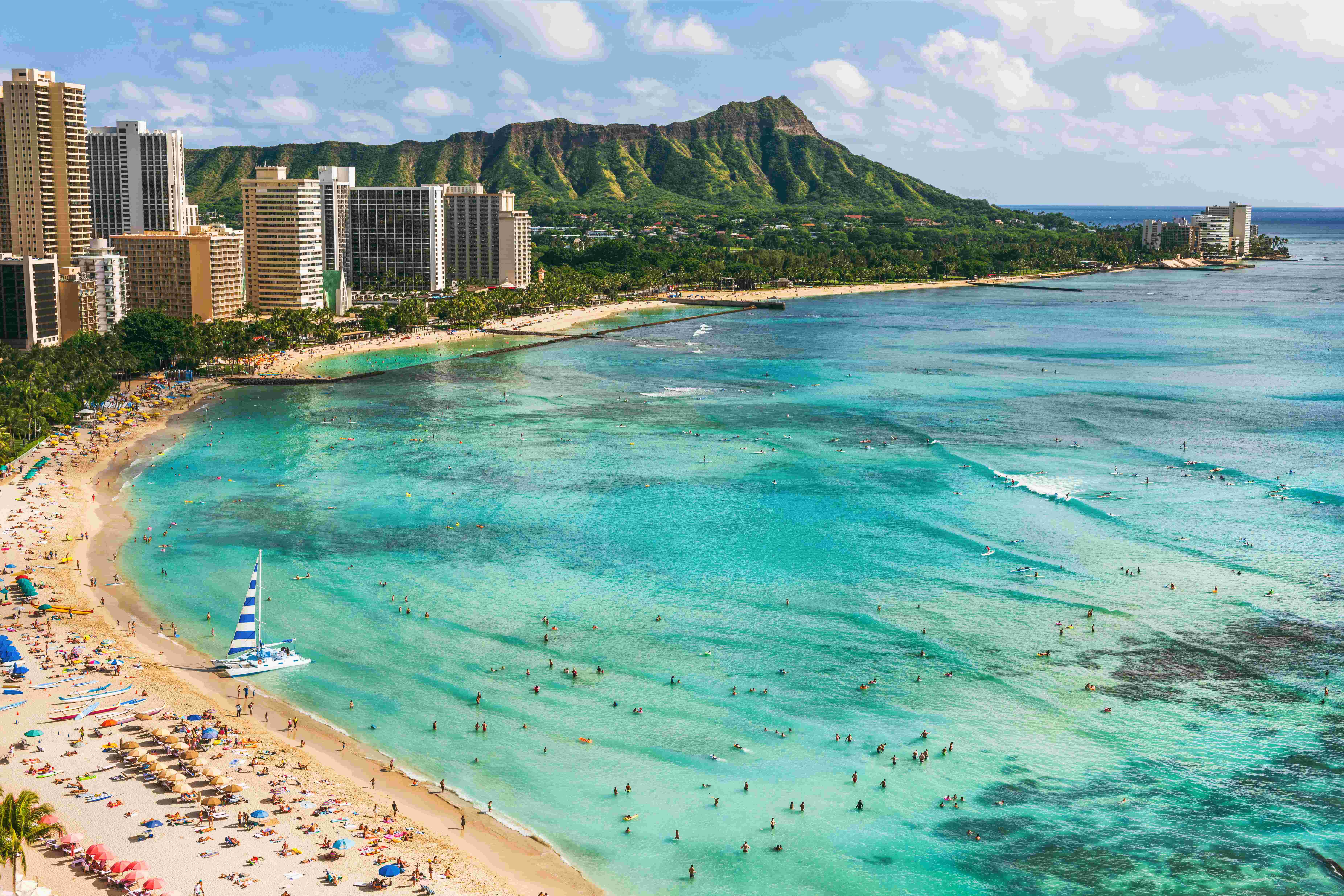
Shopping in Waikiki is a pretty common mistake that visitors to the islands make. The stores in Waikiki mark up their prices significantly, because they know tourists will pay. Plus, many of the shops in that area can be found all over the world! There is nothing “Hawaiian” about them. These international chain stores exploit their prime beachfront real estate to charge tourist premiums for products available anywhere.
Instead, if you are looking for some genuine local goodies, head over to one of the two House of Mana Up stores. These stores only sell goods locally made in Hawaii, so you’re sure to find local treasures – from chocolate to beach toys. If you want to explore the shopping options outside of Waikiki, check out the Aloha Stadium Swap Meet or even the Ka Makana Alii Shopping Center in Kapolei.
ABC Stores: Convenience at an Outrageous Price

The biggest offender is ABC stores, according to Hawaii residents. ABC store definitely has a tourist/Waikiki mark-up, forcing visitors to pay premium prices for basic necessities. These ubiquitous convenience stores dot every corner of tourist areas, making them seem like the only option.
I usually go to Longs, Safeway, Foodland, Costco, Walmart to pick up my bulk purchases, suggests one local resident. While ABC Stores provide convenience, smart travelers venture beyond tourist zones to find regular grocery stores and pharmacies. Yes, buying a pallet of bottled water or toilet paper at ABC will be more expensive than at Costco.
Ka’anapali Beach: Maui’s Manufactured Paradise
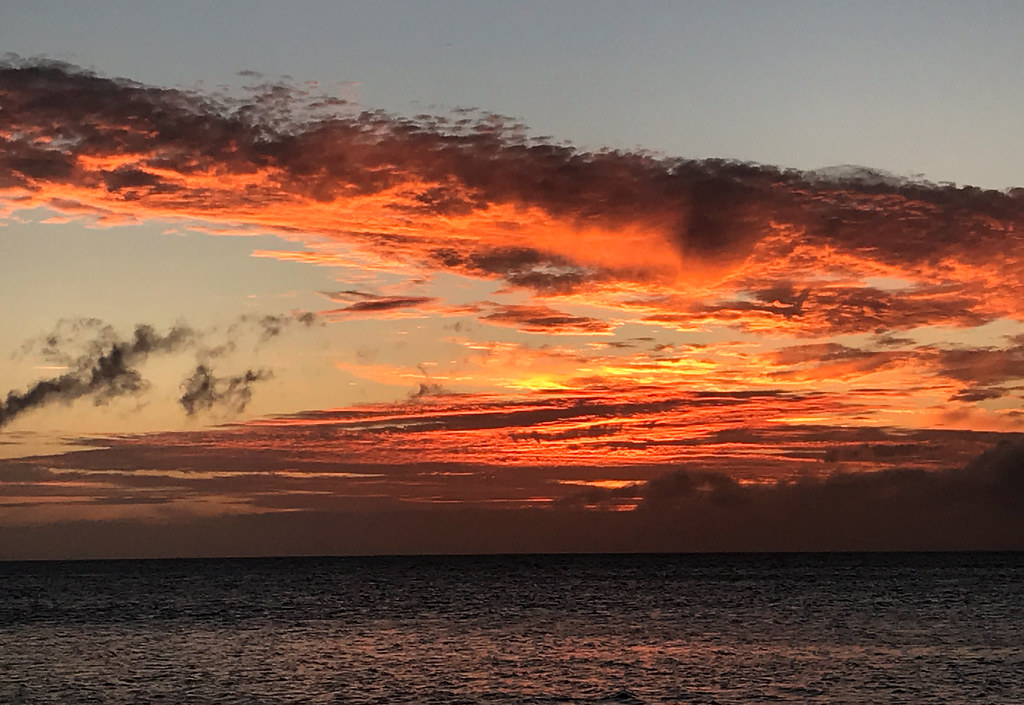
Ka’anapali Beach is less developed than Waikiki, but it feels a little contrived to some. It is a resort village that was planned rather than grown organically. One commenter on Reddit called it a “rich people [playground]”. This engineered resort area lacks the authentic Hawaiian charm found elsewhere on the island.
Ka’anapali Beach has several internationally branded luxury resorts, condo villages, and chain restaurants. It even has a Whalers Village, a shopping mall that speaks to the prevalence of commerce there. Try the low-key town of Makawao for its cool boutiques, art galleries, and paniolo (or cowboy) culture. Alternatively, Makena Cove’s beach is tiny but feels so special and private.
Overpriced Chain Restaurants Everywhere
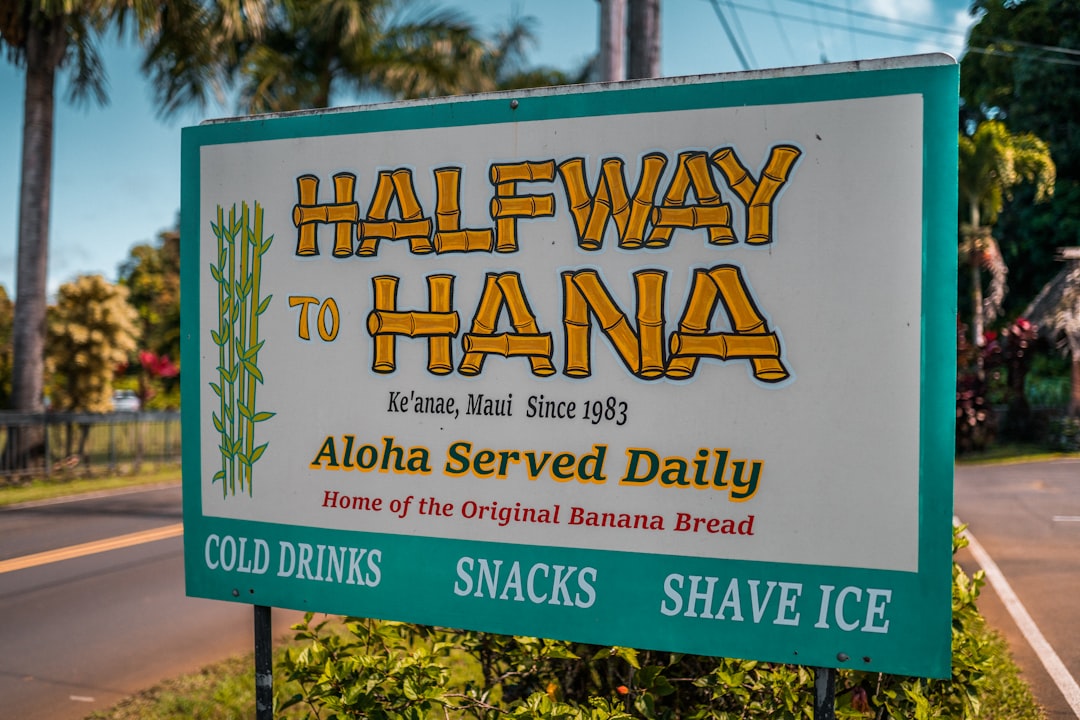
There are soooo many dining options in Waikiki but it is always the chain restaurants that seem to have the longest lines. While I wouldn’t put The Cheesecake Factory in the “tourist trap” category it is a place I encourage tourists to avoid and go to more local restaurants. Ditto for Bubba Gump’s. Visitors pay inflated prices for familiar food they could get anywhere.
Why do chain restaurants? Taste what makes Hawaiian food so special. Local establishments offer authentic island flavors at better prices. For killer garlic shrimp, make sure you check out the friendly hole-in-the-wall spot that does them the best – Sam’s Kitchen. It is tucked away back towards the canal but is worth leaving the beach for.
Matsumoto’s Shave Ice: The Overhyped Sweet Trap
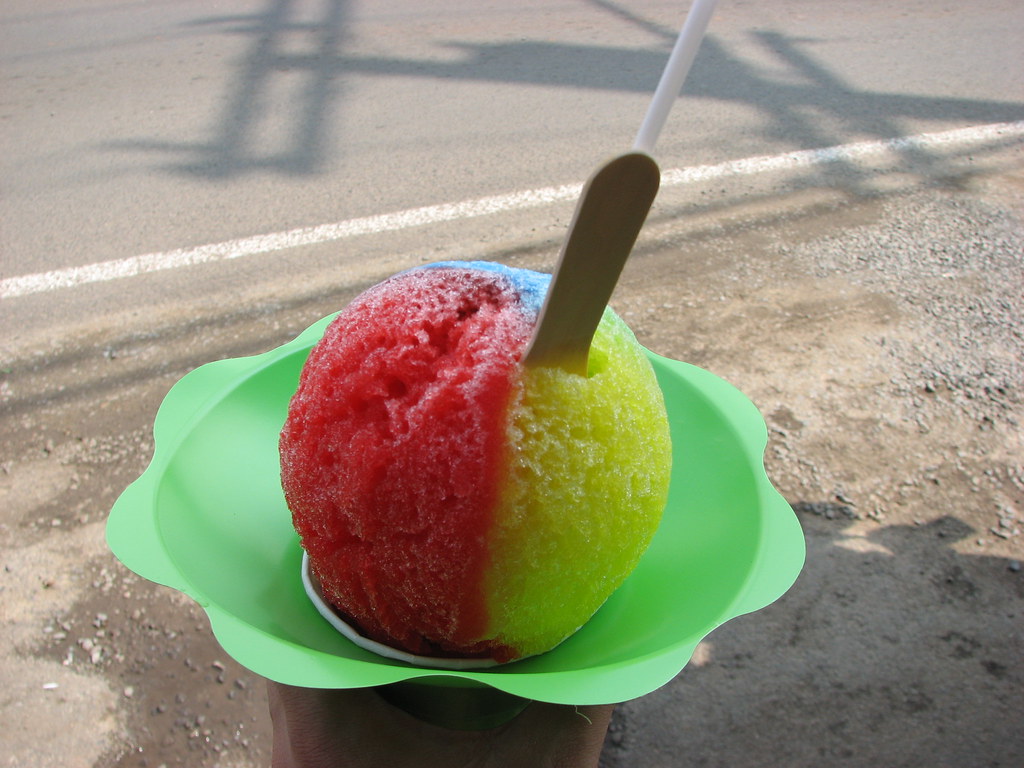
The famed Matsumoto’s Shave Ice isn’t all that special. Even though I have a serious sweet tooth, their shave ice was WAY too sweet for me, and it was simply not worth the wait. The line can take quite a while during busy periods, and the reward won’t even be good. I think it’s one of the worst Oahu tourist traps.
My favorite shave ice place anywhere is Ululani’s. Originally started on Maui, this incredible shave ice spot now has locations on Oahu, the Big Island, and even the mainland. The smooth ice texture and naturally flavored syrups can’t be beat. Also, just a tip, never go to a place that says “shaved ice” instead of “shave ice”. That’s how you know it won’t be any good.
Forced Five-Star Reviews and Guilt Tipping
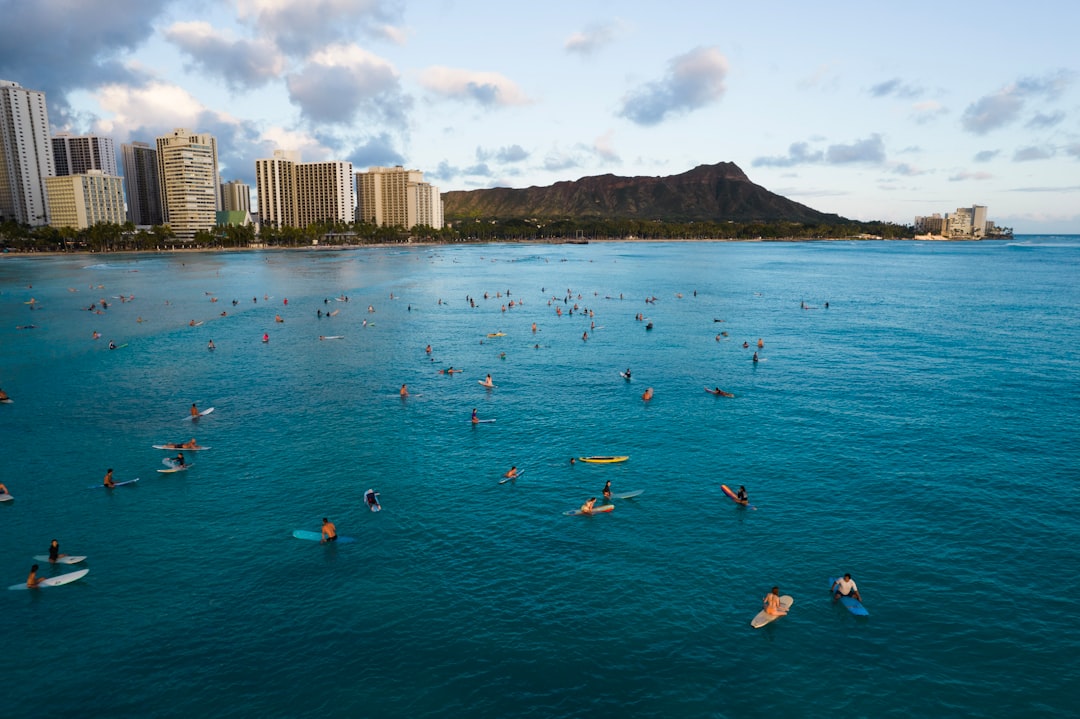
From guilt tipping to pressured five-star ratings, Hawaii travelers may be walking straight into a new kind of trap. Here’s how to spot it, avoid it, and protect the trip of a lifetime. Once the significant bill was being settled, the waiter brought out the pièce de résistance: a laminated card featuring a QR code. We were asked to leave a five-star review – right then and there.
We were told how important it was to them, and how reviews helped them survive. It was no longer a request. It was an emotional pitch and a veritable demand. This manipulative practice pressures satisfied customers into inflating online ratings, making it harder for future visitors to make informed decisions about where to spend their money.
The key to avoiding these tourist traps lies in research and venturing beyond the obvious hotspots. Talk to local people and find out what they love. Seek out authentic experiences, eat at local establishments, and remember that the most memorable Hawaiian adventures often happen away from the crowded, commercialized areas. What would you have guessed about these hidden money drains?
